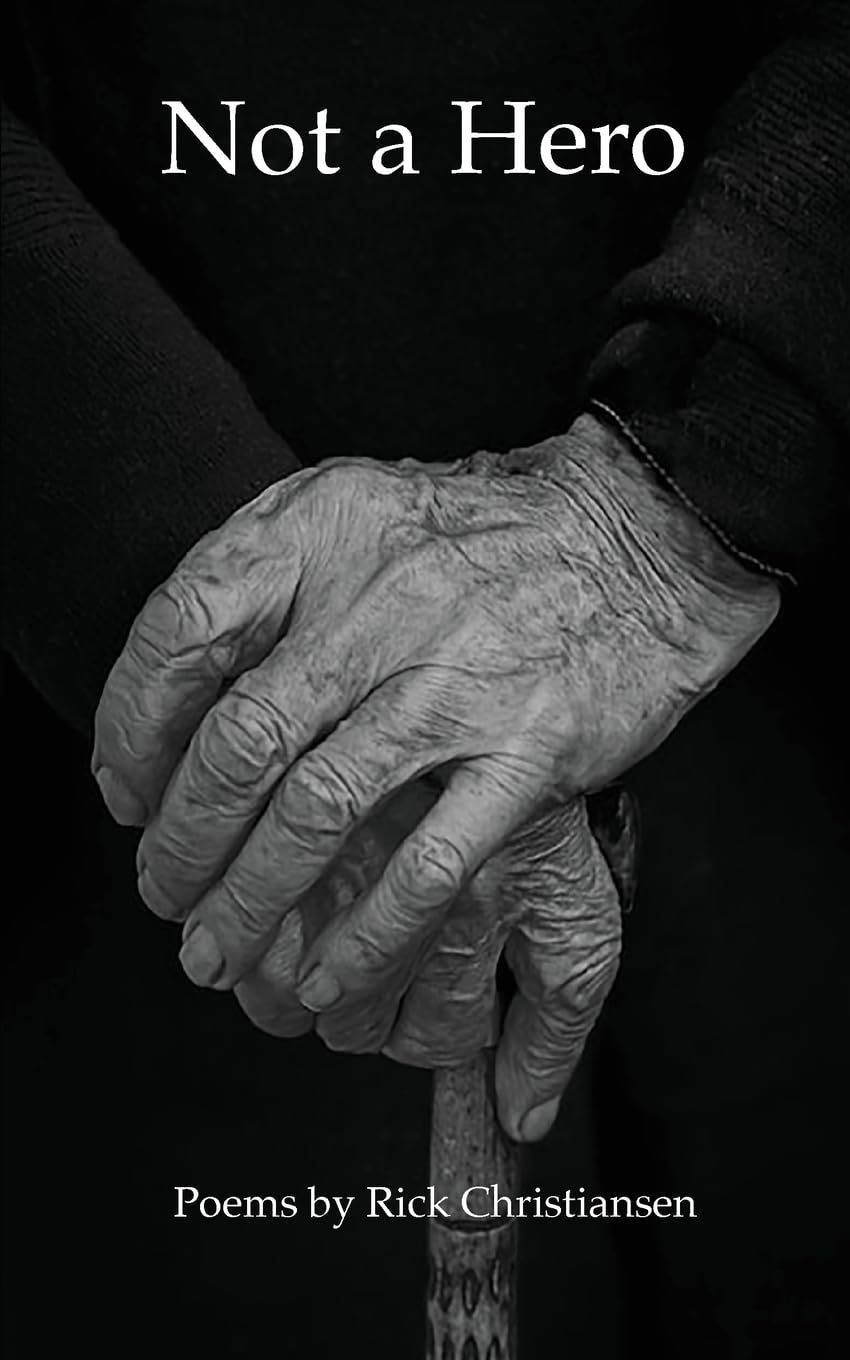Provocation One: Ars Poetica, Humor, and Levity
- FLAPPER PRESS

- Apr 1, 2019
- 2 min read
by Gillian Kessler:

What is poetry?
Many humans come at poetry from a place of fear, from a place of frustration—bad memories of archaic rhyme schemes and metrical markings masking the magic of discovery. When poetry is tangible, it creates a tether, a connection, a pulse, a resonance. Make space. Let it in.
An Ars Poetica is a poem about poetry. Professor and former Poet Laureate Billy Collins uses humor and concrete imagery to discuss the process of teaching poetry. Read his poem, "Introduction to Poetry” below:
Introduction to Poetry
by Billy Collins
I ask them to take a poem
and hold it up to the light
like a color slide
or press an ear against its hive.
I say drop a mouse into a poem
and watch him probe his way out,
or walk inside the poem’s room
and feel the walls for a light switch.
I want them to waterski
across the surface of a poem
waving at the author’s name on the shore.
But all they want to do
is tie the poem to a chair with rope
and torture a confession out of it.
They begin beating it with a hose
to find out what it really means.
While reading, circle words or phrases that jump out at you, jot them down in your notebook, use them as a jumping off point. Words like “hive” and “slide” and “probe” and “waving” are evocative words that might not make it into our writing vernacular as often as we’d like. Maybe they want to find their way into your writing.
Then set a timer for ten minutes. Use humor to tell your poetry horror story. Be raw and self-effacing. Or talk about the frustration that comes with having to “find meaning” in something. Talk about a moment when a poem held you for just long enough to make you catch your breath, long enough for some sort of divinity to pulse through you like light, like a soft song. Talk about all of these moments and play with chronology.
Or talk about none of them at all and defy any suggestions I’ve made.











Comments